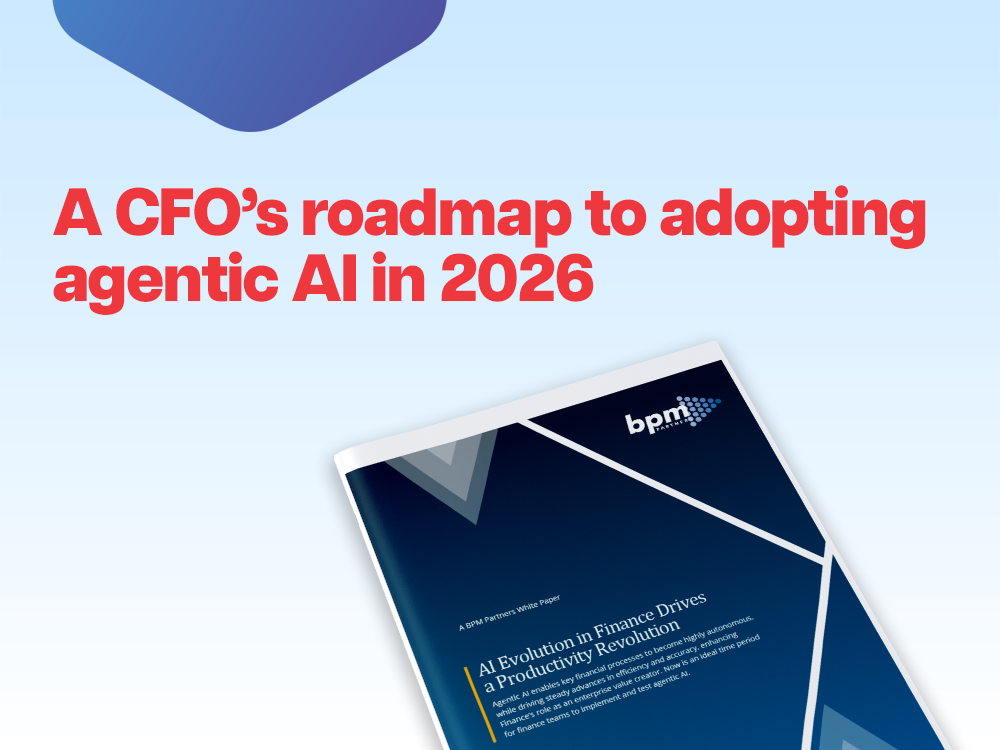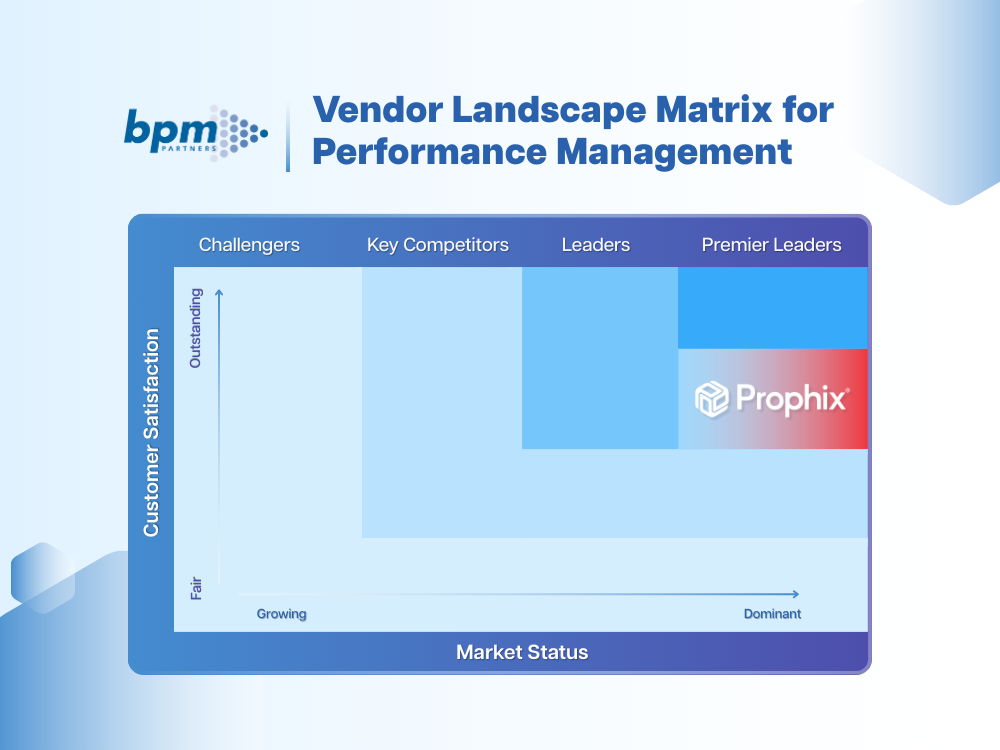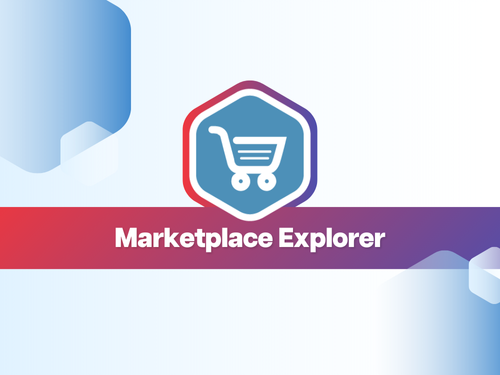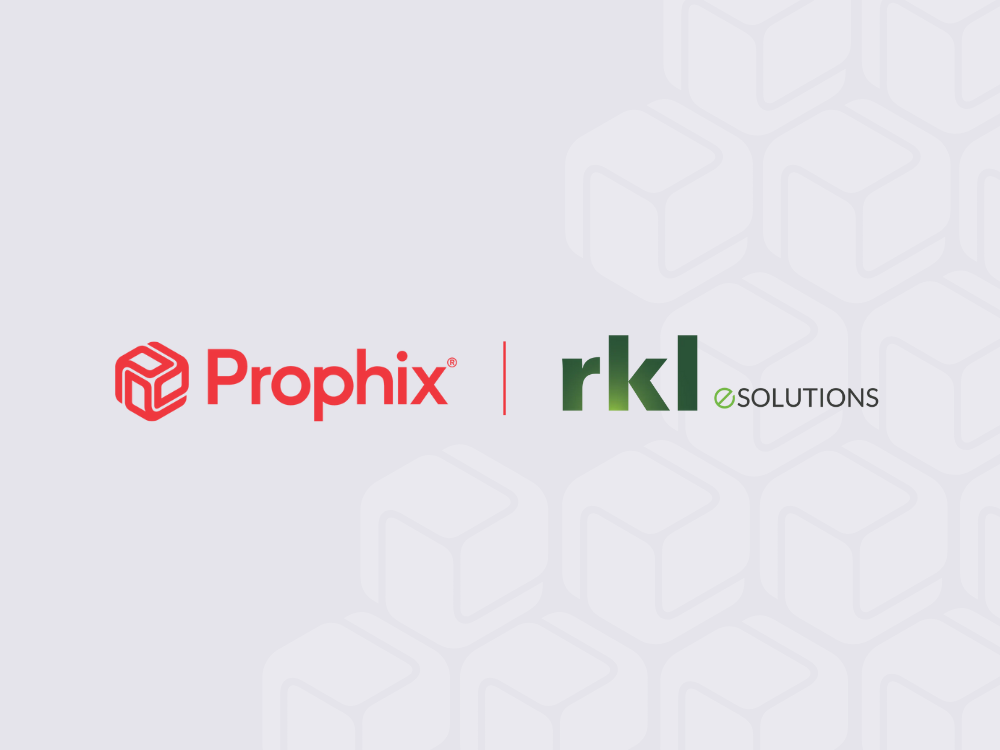Laden Sie das BPM Partners Whitepaper herunter
From snapshots to systems: The evolution of financial reporting
Learn how finance teams are evolving financial reporting to meet today’s growing demands.
Juli 24, 2025In the not-so-distant past, the dominant mindset in the office of the CFO centered around reporting and compliance first. Strategic input may have occurred at the CFO level, but most controllers, FP&A managers and analysts had their focus on accuracy, audits and closing the books, and if they were asked “is it your job to influence strategic decisions?” the answer may have been something along the lines of “not directly”.
Lack of capability wasn’t the bottleneck, but silos in processes, and being constrained by tools that struggled to balance the need between periodic and compliance-focused reporting, and strategic reporting. When reporting was manual and retrospective, finance was seen as the custodian of numbers, not the architect of strategy.
As the pace of business has accelerated, and with it, the demand for agility, this model has broken down. Stakeholders need timely insights, dynamic drilldowns, and the ability to answer follow-up questions in the moment. To meet that need, financial reporting must evolve from an isolated process into a living, connected capability - one embedded within the systems where data is captured, modeled, and explored.
The software journey behind reporting: From static exports to strategic exploration
If traditional financial reporting limited finance’s strategic role, the software behind it was a major culprit.
Early financial systems were built with one goal in mind: record keeping. General ledgers, ERPs, and database tools did their job well, but weren’t designed to surface insights quickly or dynamically. Getting from raw transactions to usable reports often meant patchwork of spreadsheets, exports, and manual transformations. Reports lived outside the systems where data originated - making even basic analysis a time-consuming task.
Then came the spreadsheet era: flexible but fragile. Teams embraced Excel for its flexibility, but wrestled with version control nightmares, complex formulas, and hours lost to reconciliations. Finance became an engine of accuracy, but not necessarily agility or scalability.
In response, some organizations layered BI tools, a solution built for visualizing data. But these often sat outside the core financial environment, lacking the structure, governance, or context that finance teams needed to trust the numbers. Pretty charts didn’t always equal actionable insight.
Today’s finance teams need more than financial dashboards, they need contextual agility. That could look like being able to:
Drill from a summary number to its transaction-level source
Connect reports directly to models, forecasts, and budgets
Update assumptions and see impacts immediately
Trust the data without needing to revalidate it every time
Contextual agility is what happens when reporting, planning, and source data live in the same governed environment. It turns reporting into a conversation, not just a deliverable.
And while many organizations are making this shift, not everyone has moved on. Legacy tools still dominate mid-market and even enterprise spaces, leaving finance stuck in reactive mode. But if one thing rings true, finance is expected to be a strategic partner, so balancing periodic compliance-focused reporting with dynamic reporting has become part of the job description.
From periodic to continuous: The (realistic) shift toward real-time financial reporting
Over the past decade, “real-time reporting” has become one of the buzziest promises in finance technology. But let’s be honest… true real-time reporting in the finance function (especially for GAAP-compliant statements) remains more aspirational than practical. The foundation of accurate financial reporting still relies on processes that take time: accruals, deferrals, reconciliations, and human review. Timing differences are not edge cases - they're the rule. If revenue is booked late or expenses are recorded after the fact, your “real-time” report is already out of sync with reality.
And yet, something is changing. Finance teams are moving away from rigid, end-of-month reporting cycles toward continuous reporting environments. In this model, data flows into centralized systems automatically, dashboards are refreshed daily (or hourly), and decision-makers can get near-real-time visibility into key metrics—without waiting for the books to close. And the goal isn’t instant, perfectly closed numbers, but access to meaningful signals faster.
From cash positions and operational KPIs to rolling forecasts and variance alerts, finance leaders are building a layer of continuous insight that sits atop the traditional month-end close. The result? A more agile finance function that can inform strategic decisions in real time, even if the official numbers take a few days longer.
Real-time reporting doesn’t replace rigor, it supplements it. And that evolution is well underway.
The paradigm shift in financial reporting
Today, the most forward-thinking finance teams embrace modern financial performance management (FPM) platforms that bring reporting, planning, modeling, and source data into a single environment. This shift is more than a technology upgrade; it’s a paradigm shift.
Reports are live and interactive, with line-item commentary auto-generated with AI
Users can drill from the income statement to transaction-level detail in a few clicks
Actuals and forecasts coexist, enabling real-time variance tracking
Governance is built-in, so self-service doesn’t come at the cost of control
When reporting lives in the same system where data is captured, validated, and modeled, finance regains its strategic seat at the table.
Bringing clarity to the core financial statements
As reporting evolves, one thing hasn’t changed: the income statement, balance sheet, and cash flow statement remain the foundation of financial storytelling. What has changed is how these statements are built, delivered, and explored.
Today, leading finance teams aren’t exporting PDFs at month-end and hope they answer everyone’s questions. Instead, they’re embedding financial statements into dynamic reporting environments, so stakeholders can not only view results, but interact with them.
The income statement is no longer a static summary. It’s connected to dynamic forecasts, departmental drilldowns, and real-time margin analysis. The balance sheet now reflects ongoing reconciliation activity, with drill-through access to underlying entries. The cash flow statement becomes a living view of working capital movement, funding needs, and timing risks - not just a historical recap.
Each of these business cases highlights how automation, structure, and flexibility are being applied to core financial reporting—without breaking governance or sacrificing clarity.
Automating the mundane, so finance can focus on what matters
Even as financial reporting gets smarter and more strategic, some repetitive tasks still lurk in the background like period rollovers, distributing decks, chasing contributors, and ensuring everyone only sees what they should. These aren’t strategic tasks, but rather necessary tasks. And without automation, they eat away valuable time.
Modern reporting platforms solve this too. Rollover processes are handled through centralized parameters that update every report and dashboard at once. Report books can be scheduled and distributed automatically, personalized by user role or department. Access control is built at the model level, so sharing insights doesn’t mean compromising visibility.
Modern financial reporting looks very different from where it started
Financial reporting has come a long way. What began as a periodic, manual task focused on record keeping and compliance has transformed into a connected, real-time capability. The change hasn’t been just in speed: it’s in the systems, structure, and expectations that now surround it.
Modern finance teams aren’t just assembling reports. They’re building a foundation of trust, visibility, and accountability that supports faster decision-making, whether it’s through income statements, balance sheets, or integrated forecasts.
It’s not about replacing rigor. It’s about removing friction. So, if your reporting still feels stuck in the old model, it’s time to take the next step.
Explore how organizations are using Prophix One, a Financial Performance Platform, to modernize financial reporting—from workflows and automation to insight and confidence.





